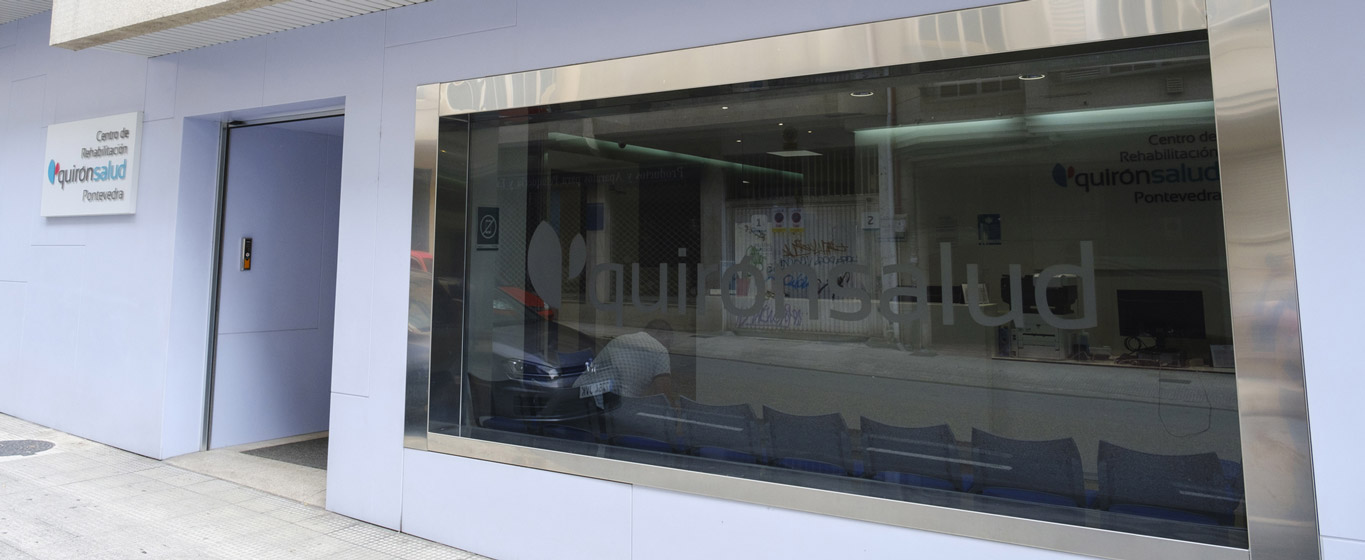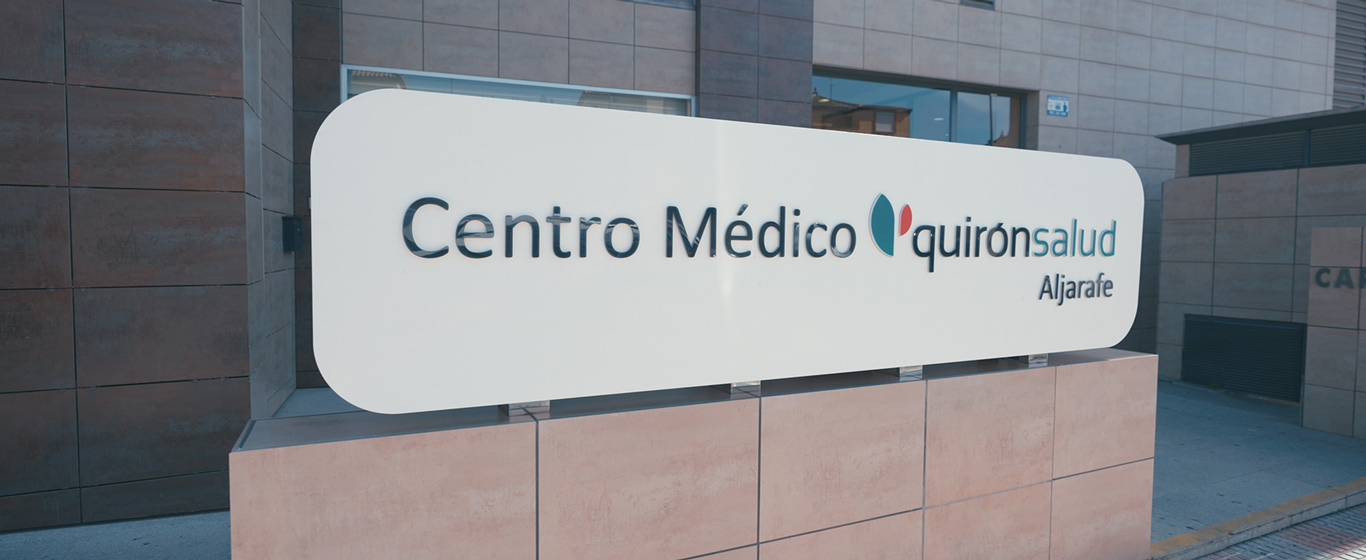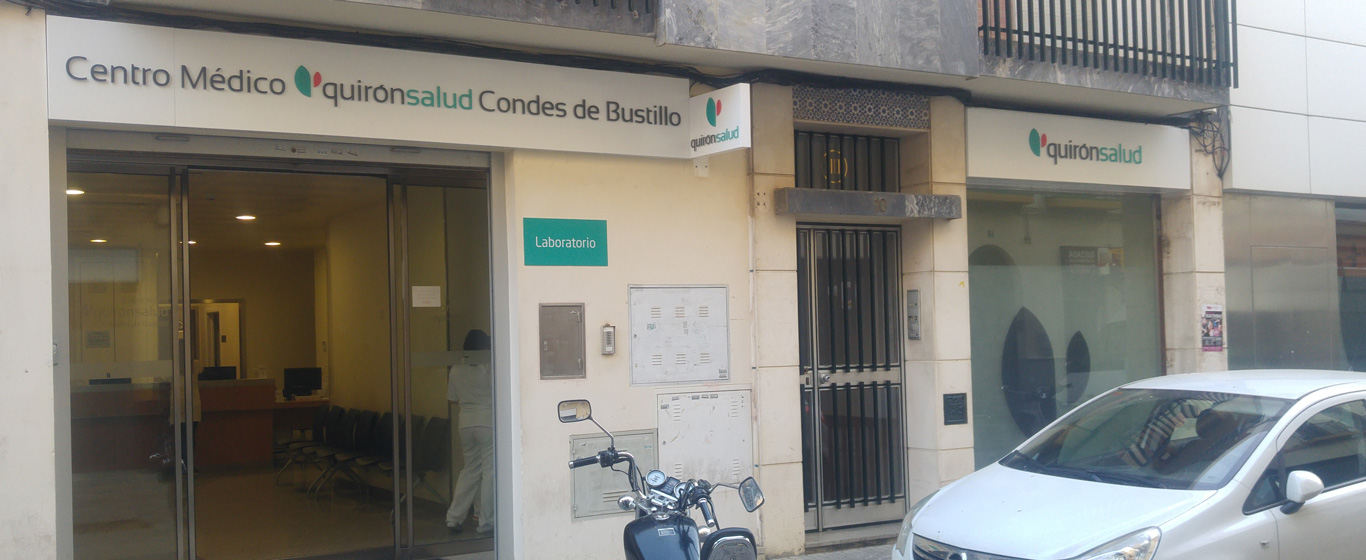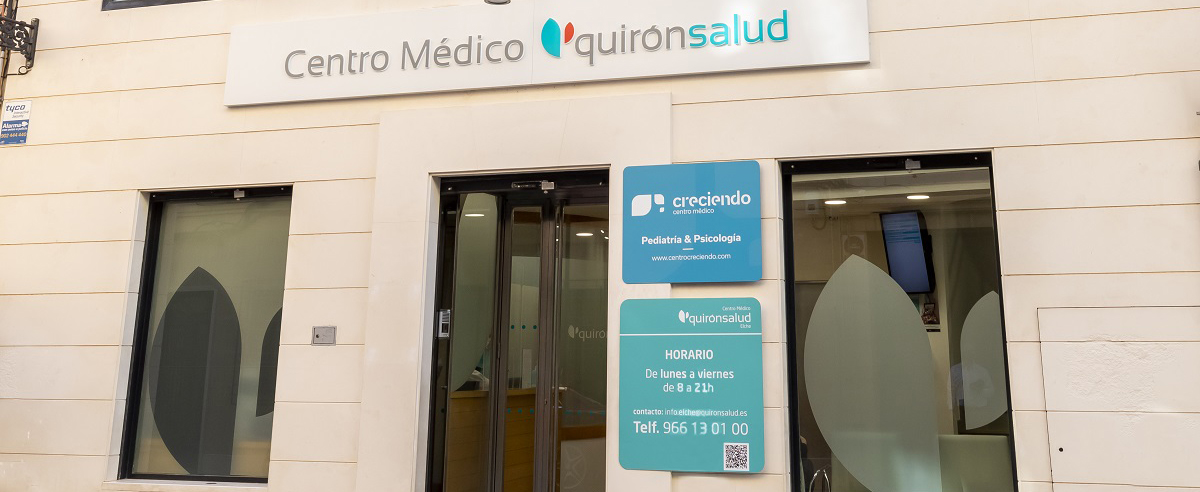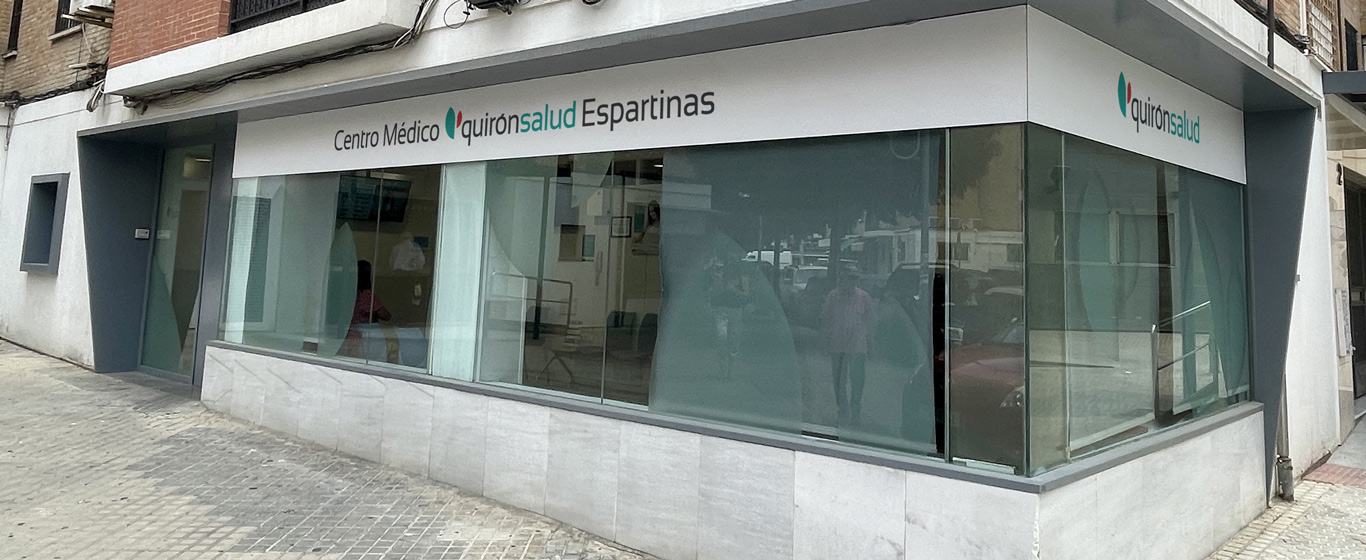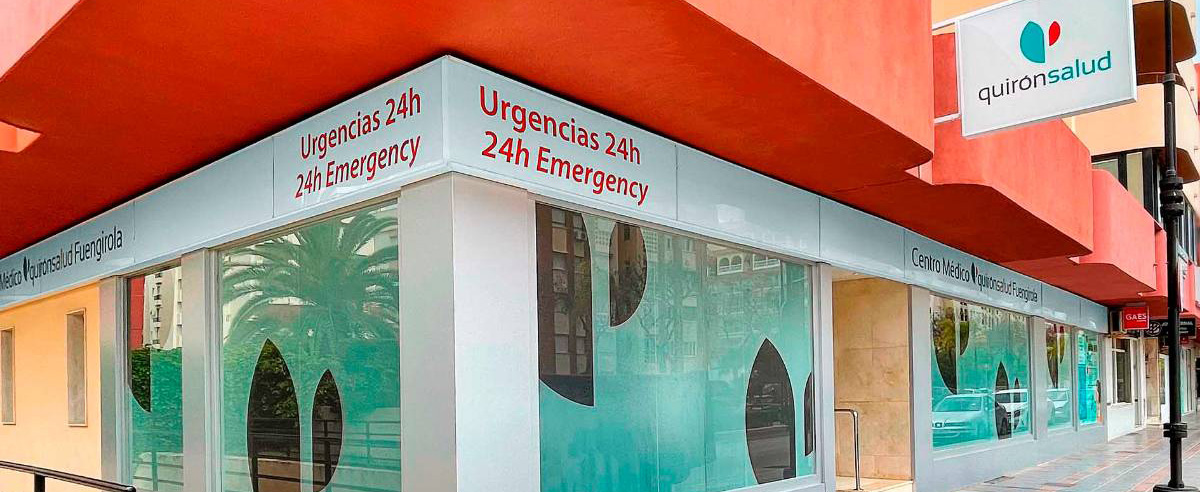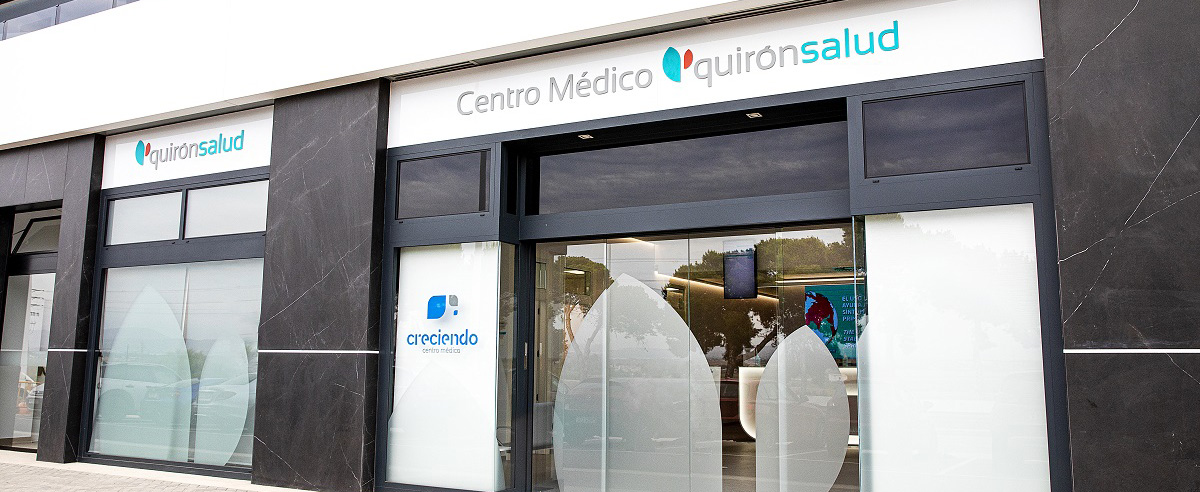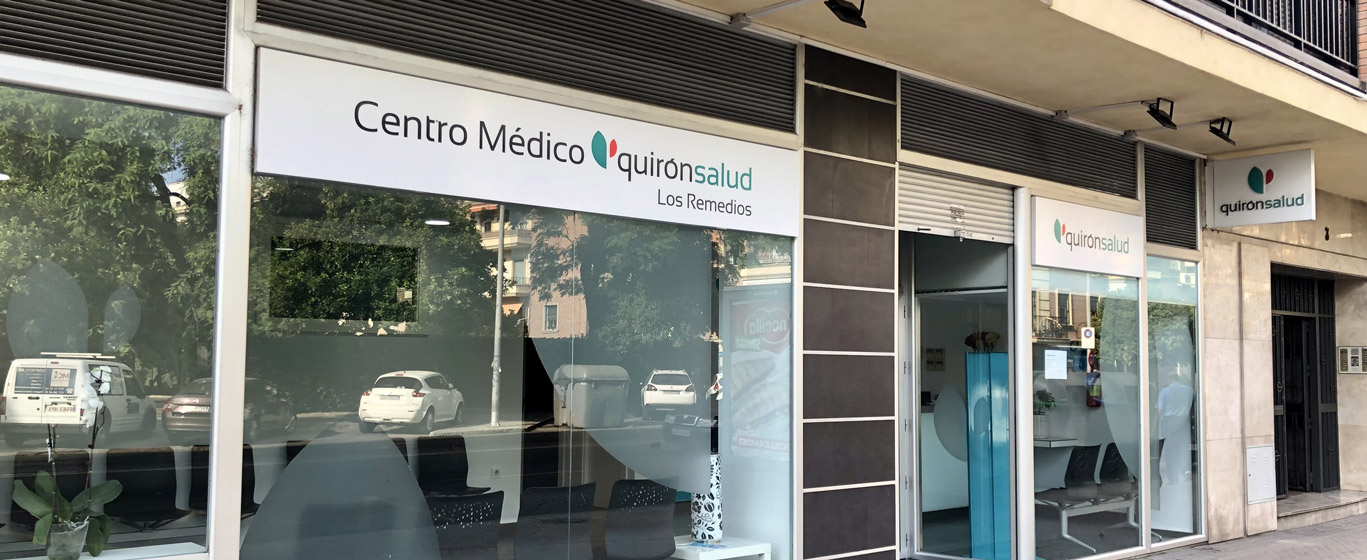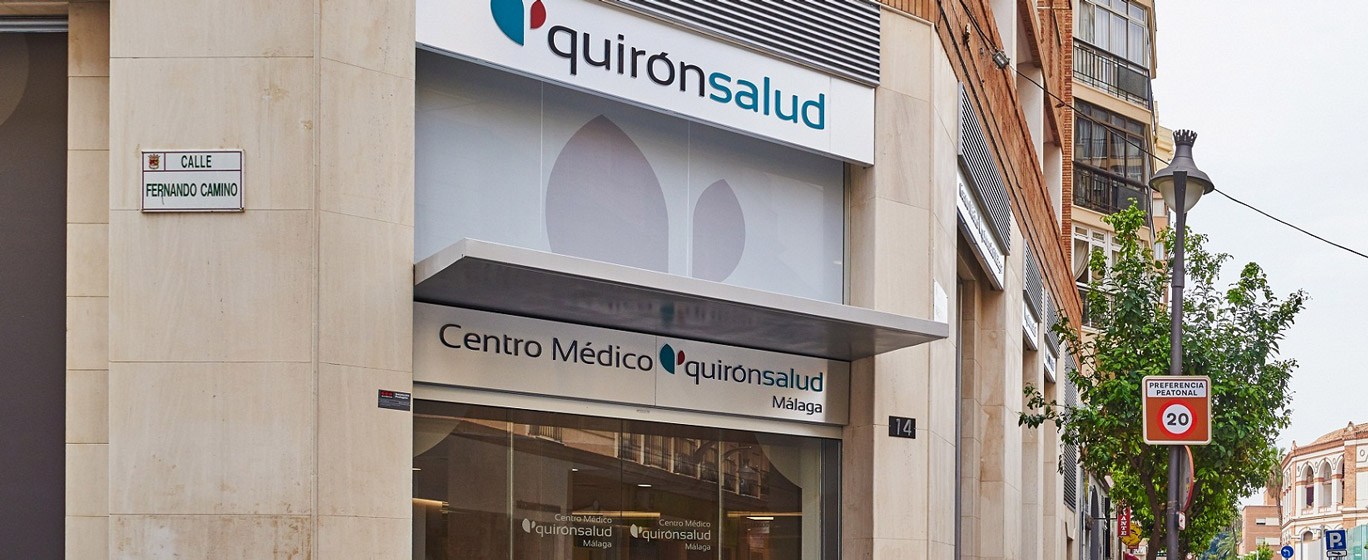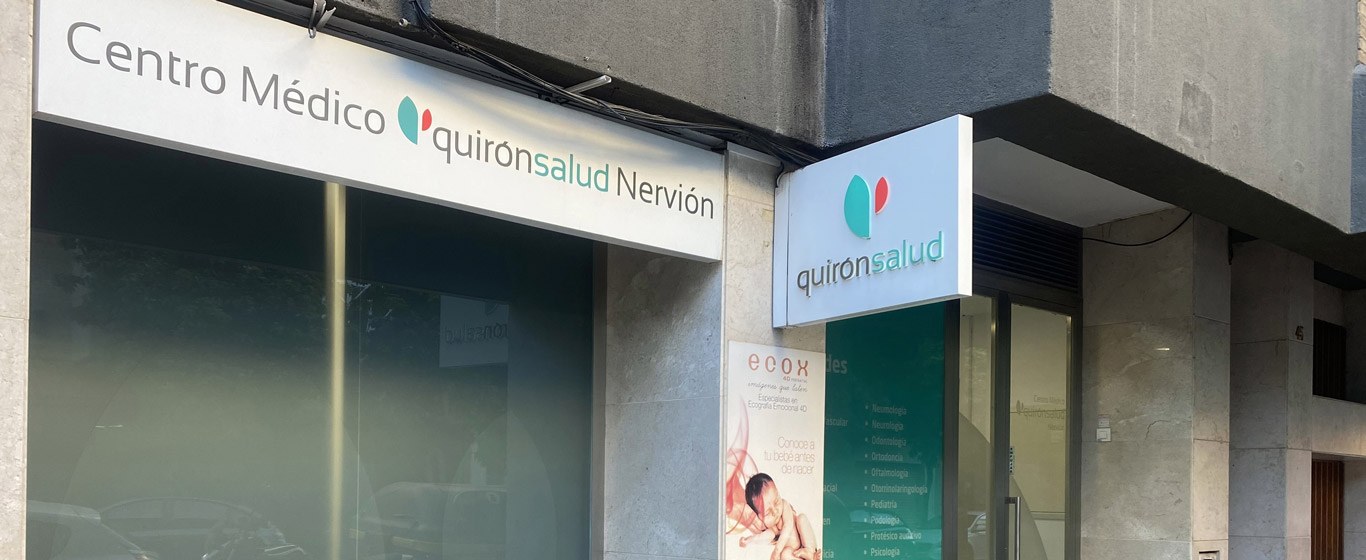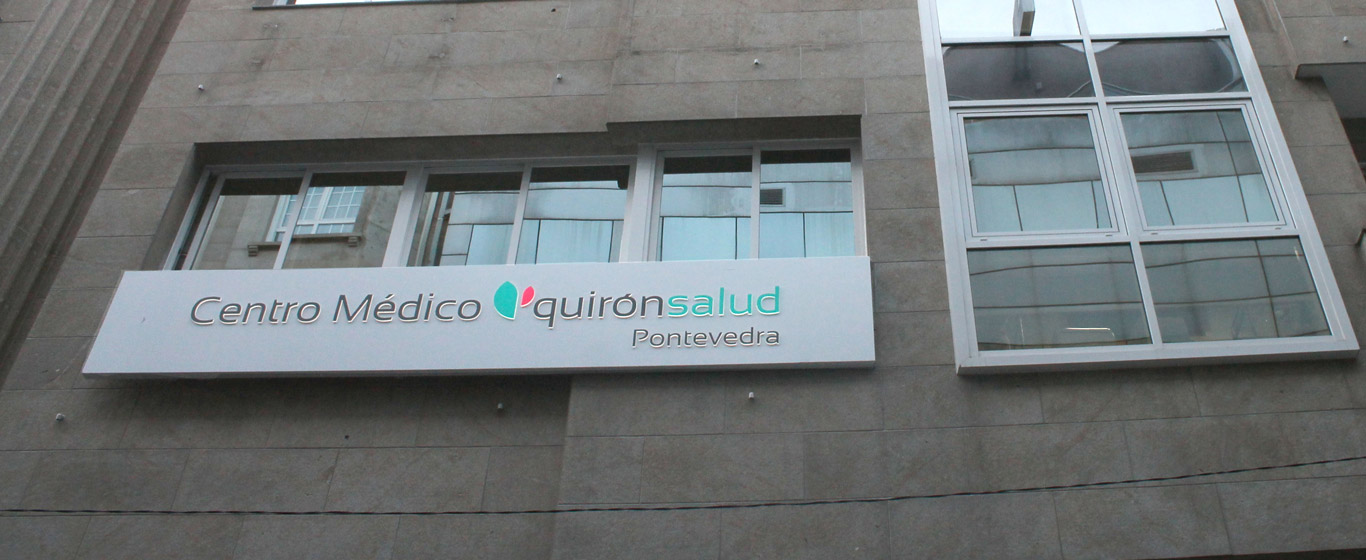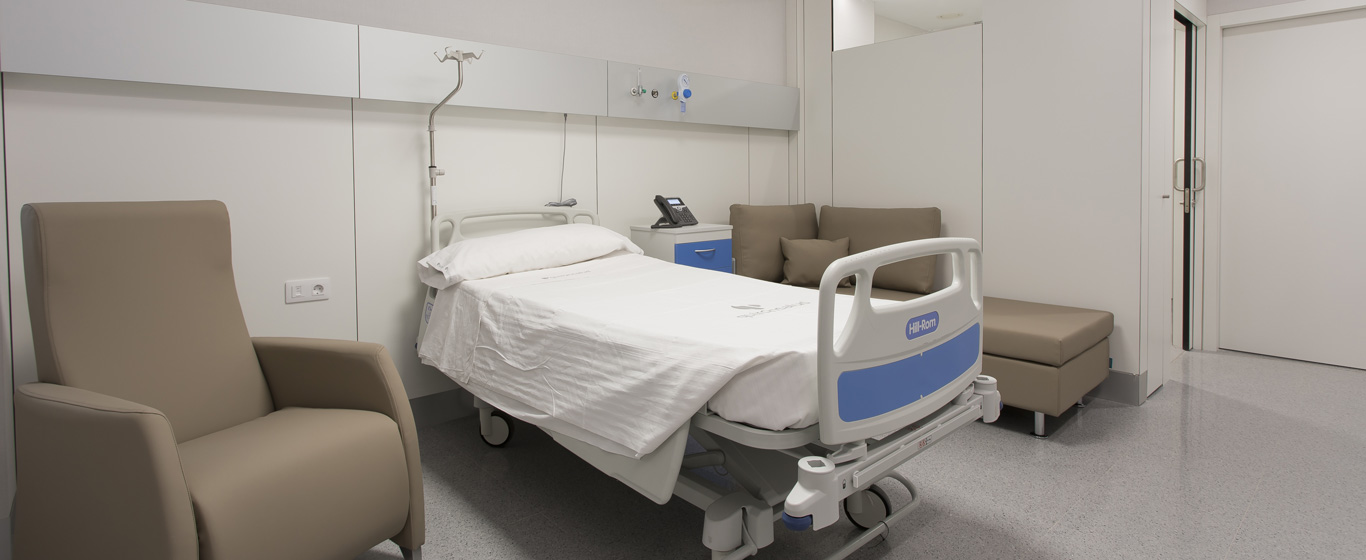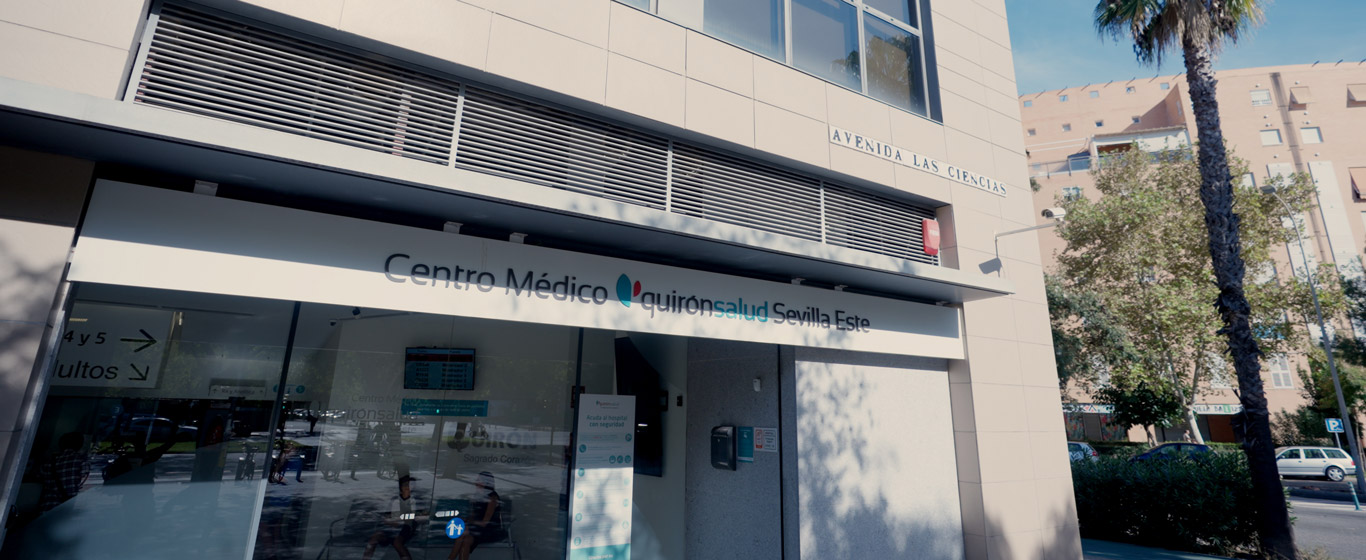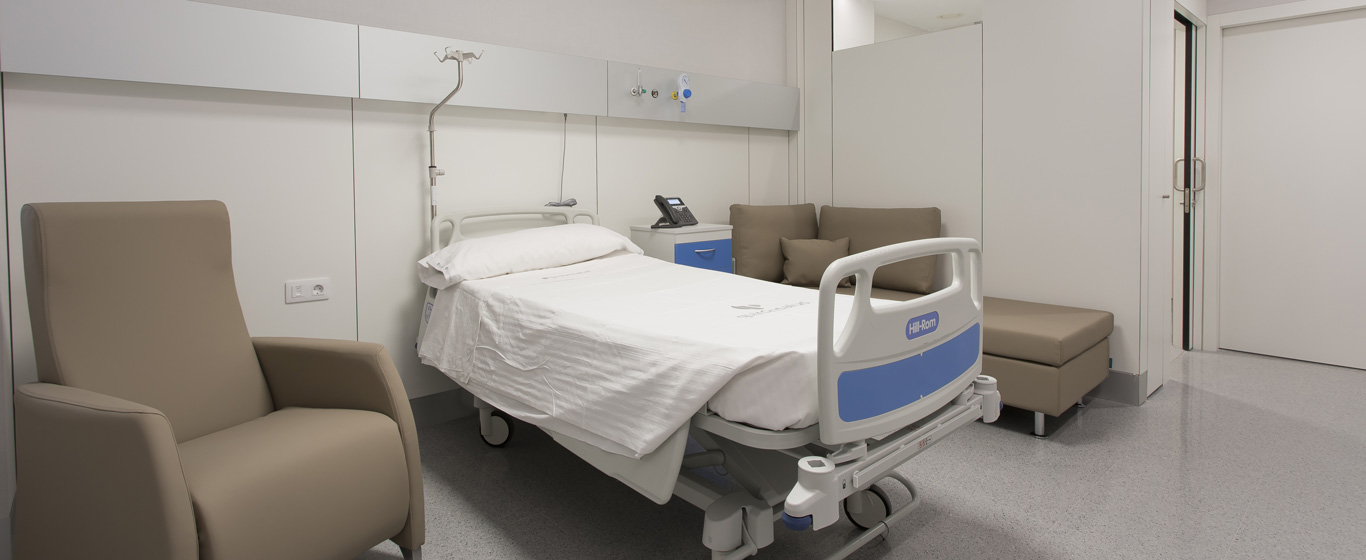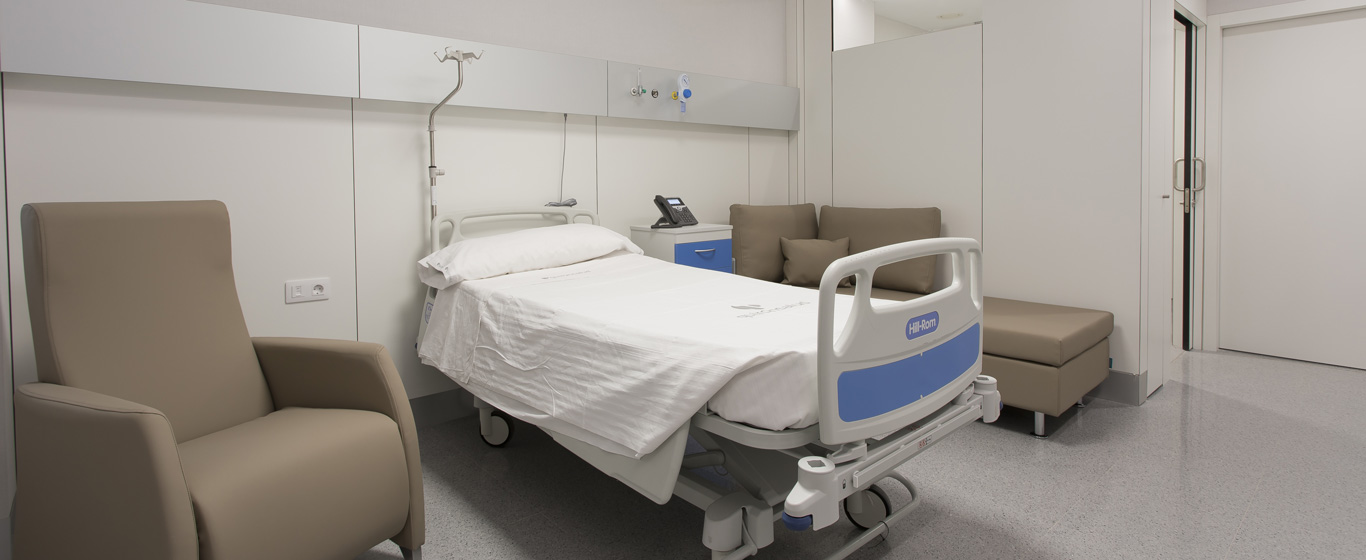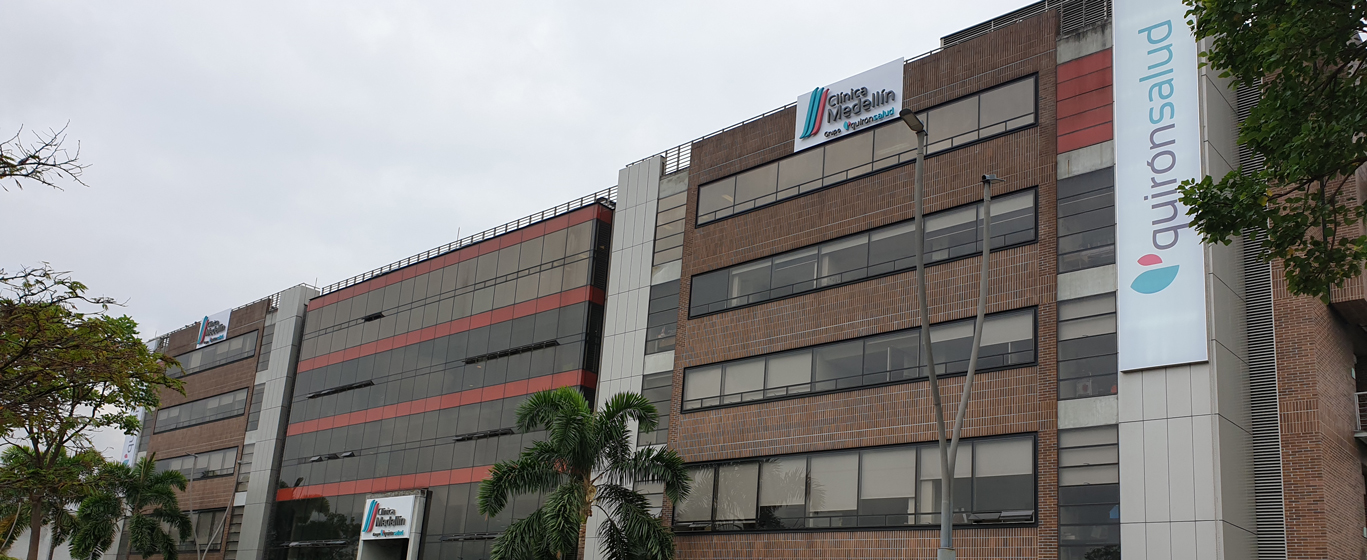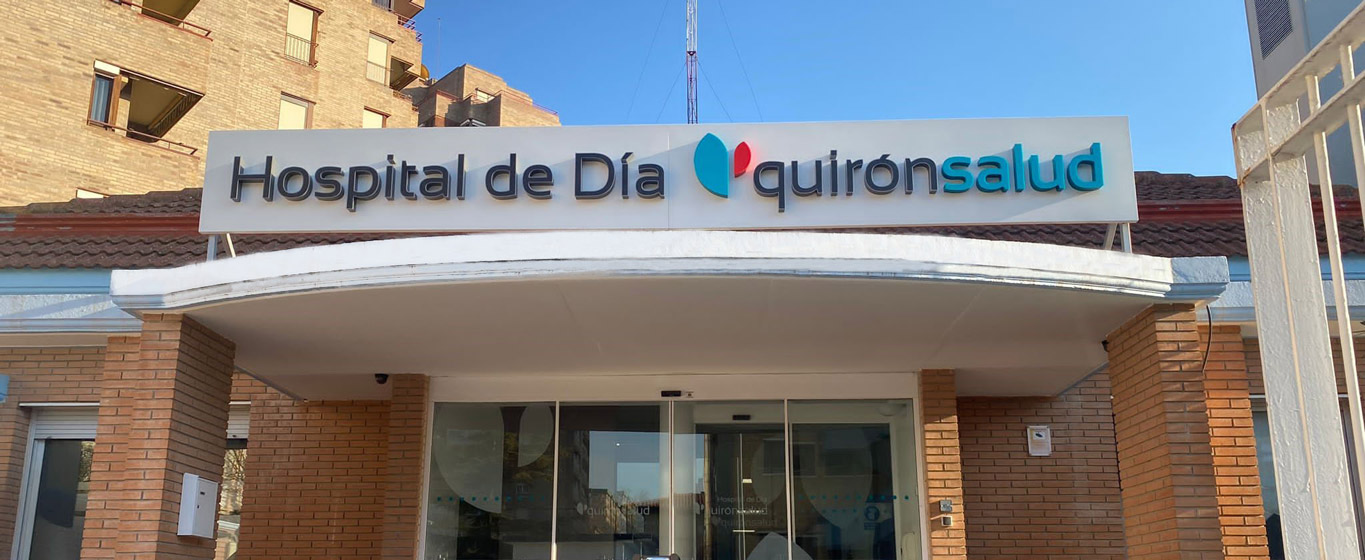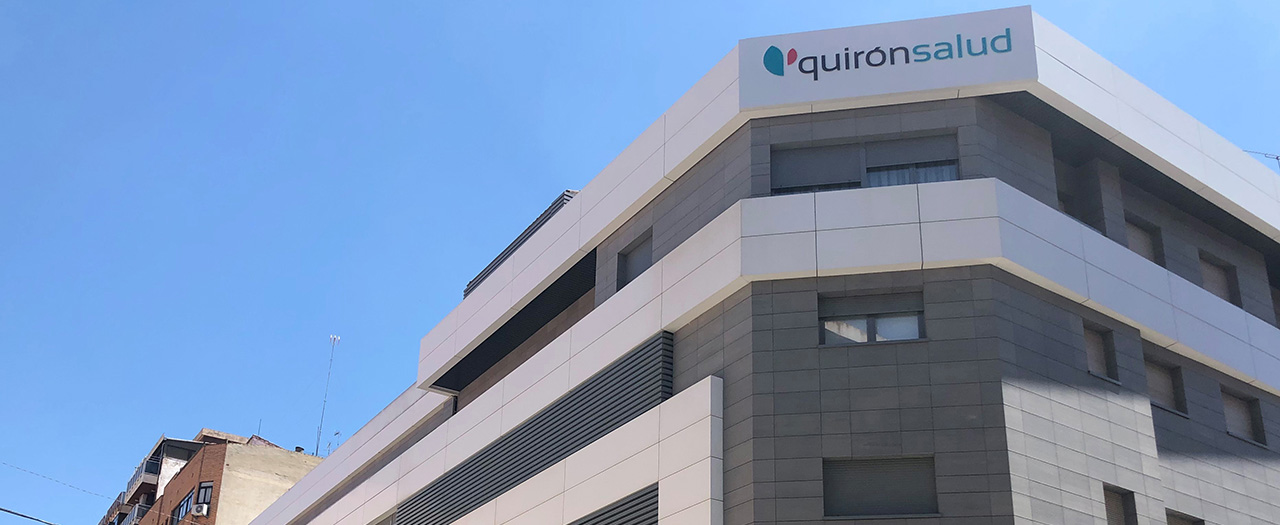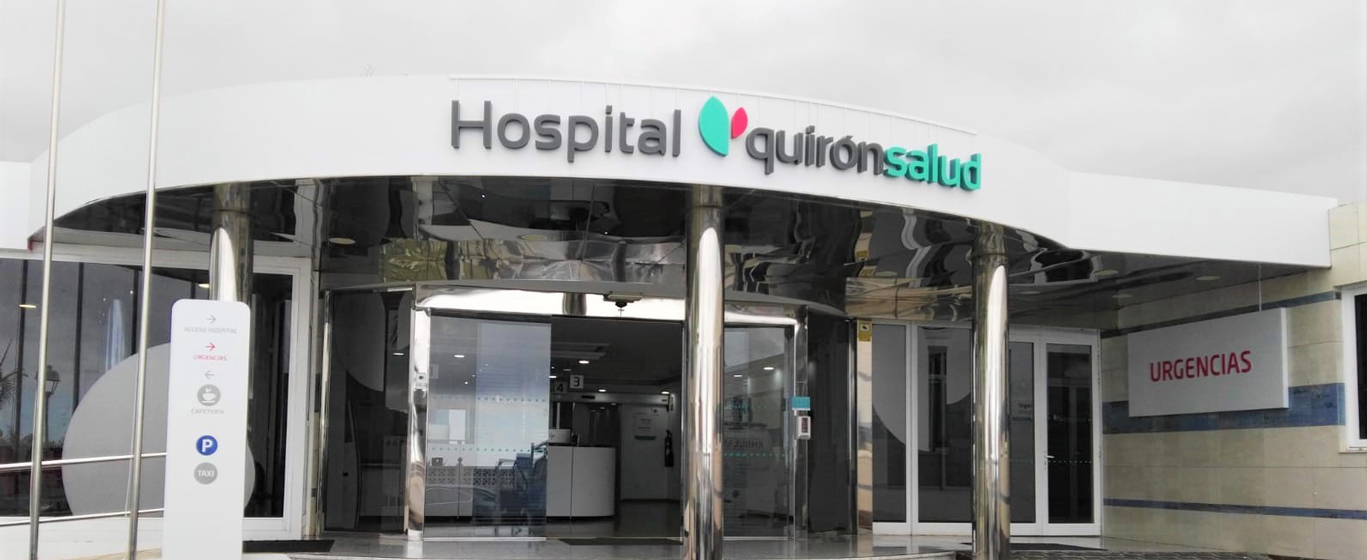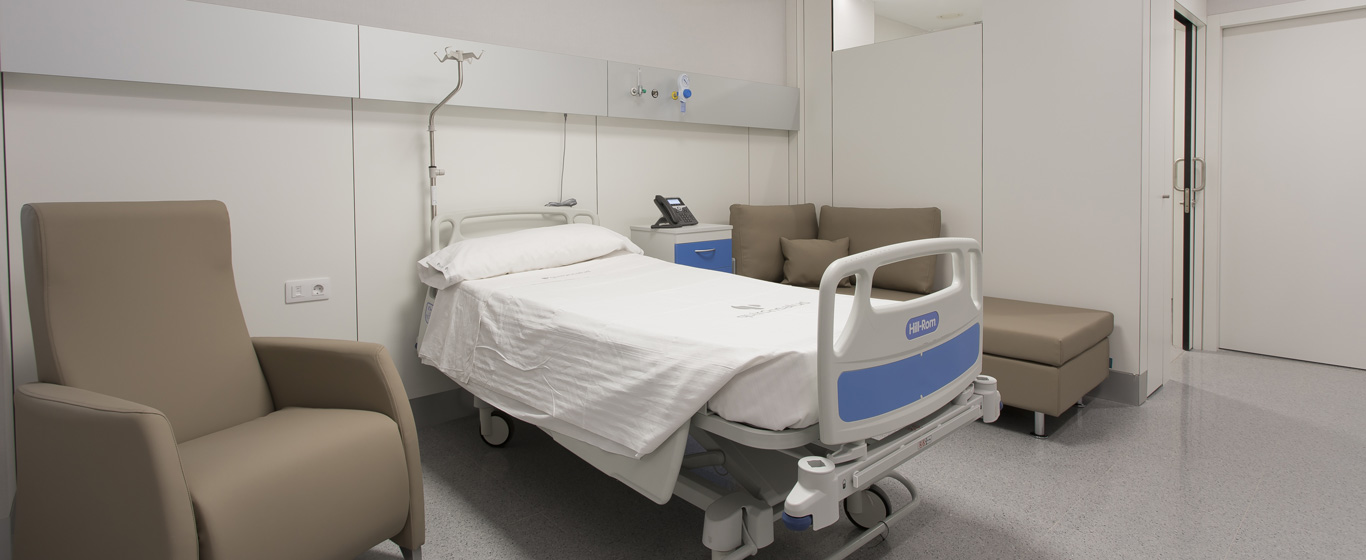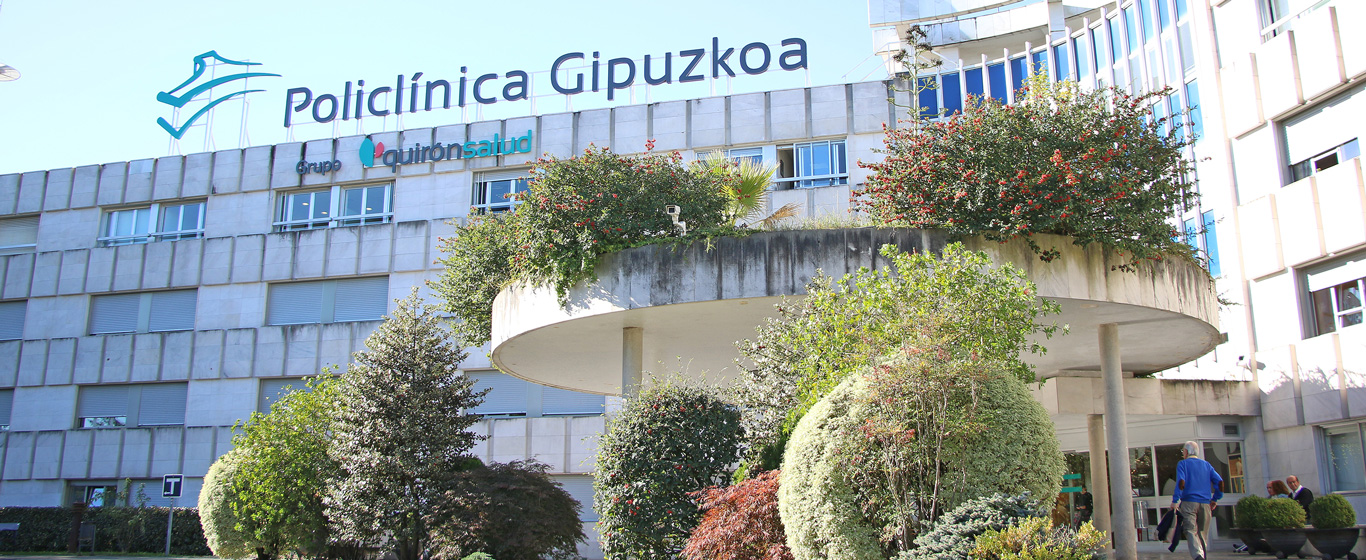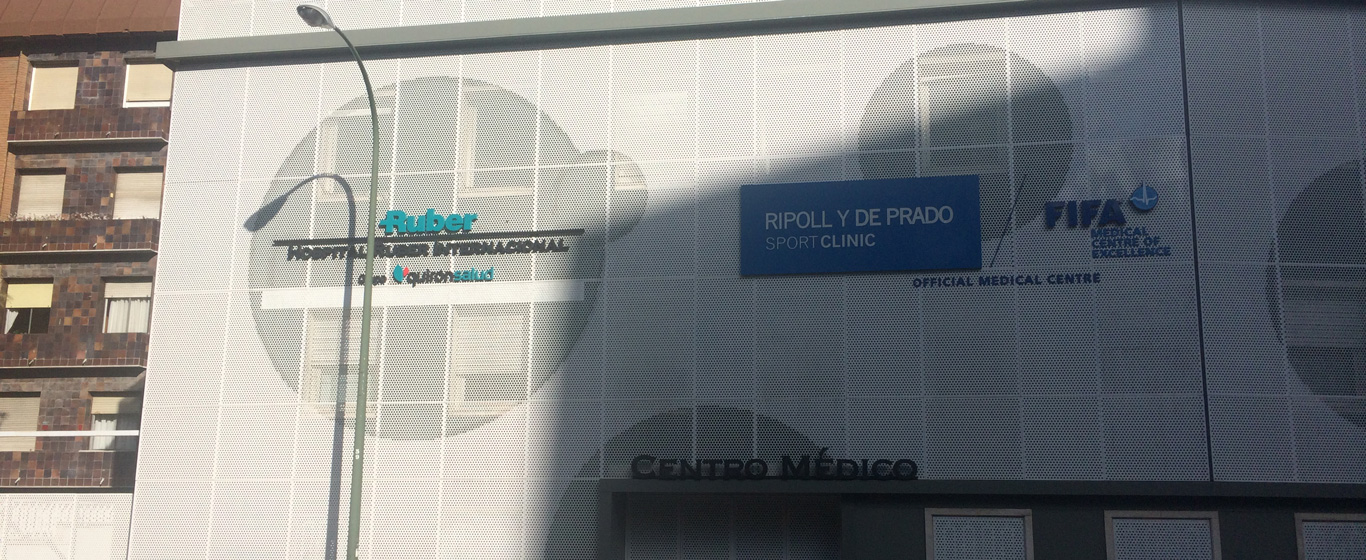Pulse Oximetry
Pulse oximetry is a non-invasive procedure that provides information about the oxygen saturation in the blood. This test helps detect low levels early to prevent permanent tissue damage.

General Description
Pulse oximetry, also called oxygen saturation monitoring, is a non-invasive procedure used to measure blood oxygen saturation, i.e., the amount of oxygen carried by arterial blood. To perform this test, a device with a sensor is placed on one of the fingers.
The main purpose of pulse oximetry is to quickly detect whether a patient has excessively low oxygen levels so that early treatment can be provided to prevent major complications and irreversible tissue damage.
This test also provides the perfusion index (PI), which is the ratio between arterial and venous blood flow, a highly useful percentage for determining a patient's risk of developing shock.
When is it indicated?
Pulse oximetry is used both for patients showing symptoms consistent with a decrease in blood oxygen saturation and for those with conditions that commonly lower these levels. It is also performed as part of general health check-ups. It is typically indicated in the following cases:
- Assessment of a patient’s vital signs, particularly in emergency care or primary care check-ups.
- Difficulty breathing.
- Monitoring the status of individuals with respiratory conditions such as COPD (chronic obstructive pulmonary disease), asthma, pneumonia, or heart failure.
- Monitoring patients under general anesthesia or during the recovery period.
- Evaluating the progression of oxygen therapy-based treatments.
- Screening for obstructive sleep apnea. In these cases, oxygen levels are monitored overnight (nocturnal pulse oximetry), usually on an outpatient basis.
How is it performed?
Pulse oximetry uses a pulse oximeter, a small device that operates with a red light and infrared emitter alongside a sensor. Red light is absorbed by oxygen-carrying hemoglobin, while infrared light is detected by hemoglobin that does not contain oxygen.
This device is typically placed on the tip of a finger, but it can also be applied to the earlobe, nose, or toes, as it works in areas of the body with a high blood supply and slightly translucent skin.
The pulse oximeter displays the percentage of oxygen saturation in the blood by establishing a relationship between both wavelengths.
Risks
Pulse oximetry poses no health risks.
What to expect from a pulse oximetry test
Depending on the reason for the test, the patient may remain seated or lying down during pulse oximetry. The only sensation is a slight pressure from the clip that holds the sensor in place on the selected body part.
In healthy individuals, the normal blood oxygen percentage ranges from 96% to 100%. However, patients with chronic heart or respiratory diseases have lower baseline levels because their bodies have adapted to function with less oxygen. Therefore, a lower percentage may not necessarily indicate a medical emergency.
Unlike an arterial blood gas test, which requires drawing a blood sample, pulse oximetry is neither painful nor invasive and provides highly reliable results that are available immediately after the measurement.
Medical specialties requesting pulse oximetry
Pulse oximetry is commonly used in primary care medicine, emergency medicine, anesthesiology, cardiology, and pulmonology.
How to prepare
No special preparation is required before a pulse oximetry test. However, if it is known in advance that pulse oximetry will be needed, it is advisable to remove nail polish or artificial nails, as they may alter the results.






